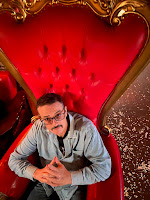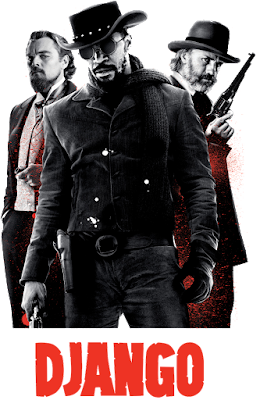I hope you aren't sick of hearing about Murder, Neat, because here we go again. I am thrilled to teeny little sub-atomic bits to have a story in the SleuthSayers anthology.
In "Shanks's Sunbeam," Leopold Longshanks has lunch in a tavern with a fellow mystery writer who tells him that a mutual acquaintance has been accused of Doing a Bad Thing. It is probably not a spoiler to tell you our hero saves the day.
But what I want to talk about is the name of that lunch companion: Procter Ade. I made up the first name but the last is a homage to my inspiration.
I have written here before about George Ade. Early in the last century he was a midwestern humorist and journalist. He is mostly remembered for his Fables in Slang. These were a series of short stories he wrote which satirized human nature and social mores. Since he wanted people to know that he knew slang didn't belong in a newspaper he capitalized all the guilty words and unusual uses (Much as I did above with "Bad Thing")
. Here are three of his opening sallies:
"One Autumn Afternoon a gray-haired Agriculturalist took his youngest Olive Branch by the Hand and led him away to a Varsity."
"Once there was a home-like Beanery where one could tell the Day of the Week by what was on the Table."
"Once there was a Financial Heavy-Weight, the Mile-Stones of whose busy life were strung back across the Valley of Tribulation into the Green Fields of Childhood."
And since the stories were fables they all ended with morals:
"In uplifting, get underneath."
"A good Jolly is worth Whatever you pay for it."
"Give the People what they Think they want."
 |
| Dublin |
Not too long ago I was thinking about one of my favorite Fables and I realized I could steal a plot device from it. The result is "Shanks's Sunbeam." If you would like to read my inspiration you can find it here. But I urge you to read my story first. I'd rather spoil Ade's story than mine.
By the way, "Sunbeam" also involves memories of my pre-Covid trip to Ireland. I'm sure that makes future visits tax deductible, right?
I'm looking forward to reading the rest of Murder, Neat.





























